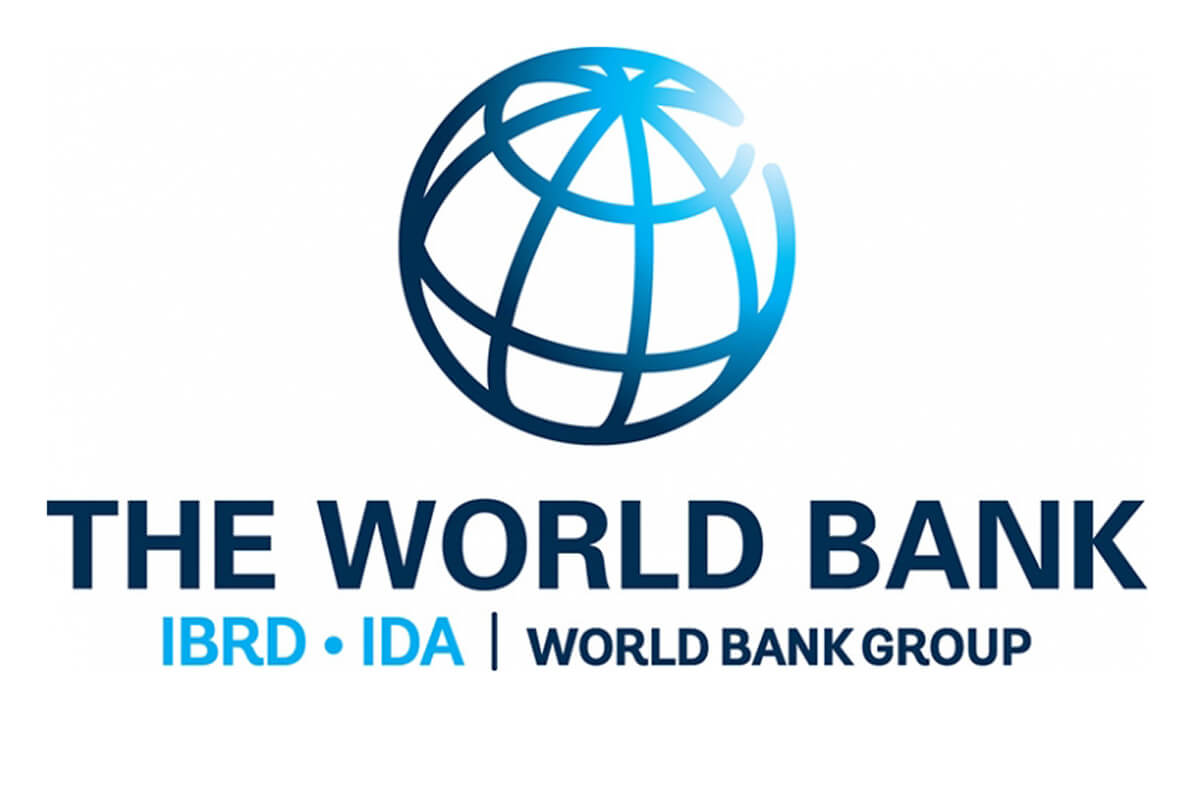Implementation of fiscal discipline challenging at local levels: WB
Kathmandu, April 8
The World Bank has said that Nepal’s capacity to sustain service delivery and establish fiscal discipline, particularly at the local levels, remains a major challenge for the economy.
The South Asia Economic Focus, released by World Bank today, has also pointed at need for capacity building and strengthening of systems to improve planning, budget preparation and execution process, and track resources and results.
“The transfer of financial management staff over a year ago made it possible for local governments to prepare budgets and receive fiscal transfers of eight per cent of gross domestic product in 2018. However, under-spending of the budget persists,” states the report, adding that though Civil Service Readjustment Act governs the transfer of federal staff to local levels, there remains uncertainty about staff already recruited by local governments as the latter do not have authority to determine which federal staff are assigned to them.
Among others, World Bank has highlighted slow implementation of reforms to raise private investment (especially foreign investment), limited resources and capacity to support federalism and local service delivery, constraints on credit as banks limit lending to meet CCD ratio regulatory limit, adverse effects of natural disasters and shocks to remittance inflow as key risks to economy.
However, the World Bank has projected an average of six per cent economic growth over medium term.
“The services sector is forecast to benefit from strong tourism and manufacturing will be supported by opening of Nepal’s largest cement factory next year,” reads the report.
In terms of the region, South Asia has held on to its top spot as the world’s fastest growing region, with growth set to step up to seven per cent in 2019, then 7.1 per cent in 2020 and 2021, but the region needs to increase its exports to sustain its high growth and reach its full economic potential, the twice-a-year regional economic update states.
“South Asia’s exports performance has dropped in last few years to languish at far below its potential and while growth still looks robust we are concerned whether this can hold up over the longer term,”
Hartwig Schafer, World Bank vice president for the South Asia Region, has been quoted as saying in the media release. “The region needs to integrate further into international markets to sustain its upward growth trajectory, create more jobs, and boost prosperity for its people.”
Comparative figures
Real GDP Growth in South Asia
2018
2019(e)
2020(f)
2021(f)
Afghanistan (CY)
1
2.5
3.2
3.5
Bangladesh (FY)
7.9
7.3
7.4
7.3
Bhutan (FY)
5.7
5.4
5.4
5.2
India (FY)
7.2
7.5
7.5
7.5
Maldives (CY)
7.9
5.7
5.2
5.3
Nepal (FY)
6.3
6
6.1
6.2
Pakistan (FY, factor prices)
5.8
3.4
2.7
4
Sri Lanka (CY)
3.2
3.5
3.6
3.7
Note: GDP: Gross Domestic Product, CY: Calendar Year, FY: Fiscal year, e: Estimate, f: Forecast






